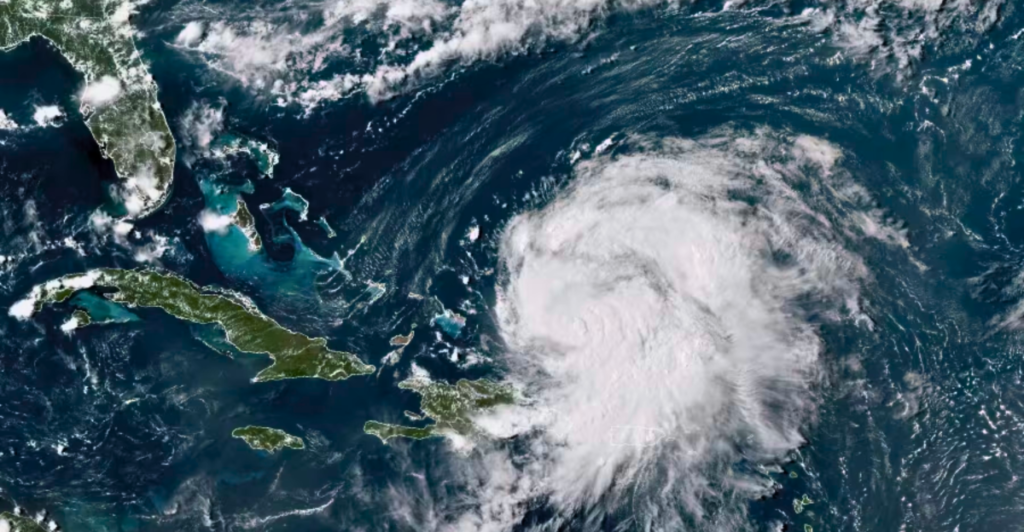
In the wake of Hurricane Helene, which left a trail of devastation across the southeastern United States in late 2024, meteorologists warn that the upcoming months could bring even more extreme weather. One of the experts who accurately predicted Helene’s rapid intensification has now issued a grim forecast for May as the Atlantic hurricane season approaches.
The Colorado State University (CSU) hurricane forecasting team, renowned for its accurate predictions, has released its preliminary 2025 outlook.
The Legacy of Hurricane Helene
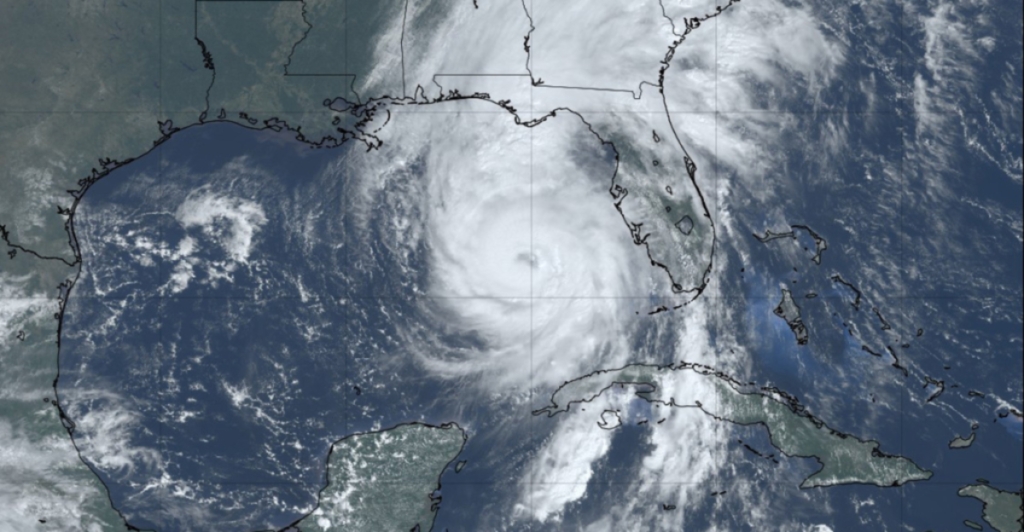
Hurricane Helene, which struck in September 2024, is now just a grim memory of a tragedy that once happened. Making landfall as a Category 4 hurricane in Florida’s Big Bend region, Helene caused widespread devastation across multiple states. With over 230 fatalities and billions in damages, Helene became the deadliest U.S. hurricane since Maria in 2017.
Its rapid intensification into a Category 4 storm, fueled by abnormally warm Gulf waters, unleashed catastrophic winds, flooding, and storm surges that obliterated communities and infrastructure. Beyond the human toll, Helene left lasting scars on ecosystems, wiping out farmland, forests, and coastal habitats.
Colorado State University’s Hurricane Forecasting Expertise

Despite its landlocked location, Colorado State University (CSU) has established itself as a preeminent institution for hurricane research and forecasting. For the past 40 years, CSU has been at the forefront of tropical weather research and seasonal hurricane forecasting.
The university’s Department of Atmospheric Science, led by researchers like Dr. Philip J. Klotzbach, provides highly anticipated seasonal hurricane forecasts widely used by media, officials, and community leaders to inform the public and make critical planning decisions.
CSU’s expertise extends beyond forecasting, encompassing a comprehensive approach that integrates climate studies, engineering, and social sciences to develop strategies for understanding, predicting, and mitigating the impacts of these powerful storms.
Why May Could Be a Dangerous Month

May could be a dangerous month due to the increasing trend of early-season hurricane activity in the Atlantic basin. CSU’s hurricane forecasting team has been a trusted authority since its inception in 1984 by William Gray. Their 42nd annual forecast predicts up to 17 named storms in 2025, nine of which could become hurricanes.
This is above the historical average of 14 storms and seven hurricanes yearly. The NOAA has highlighted factors such as reduced wind shear, near-record Atlantic heat, and the transition from El Niño to La Niña as key drivers of heightened hurricane risk during this period.
These conditions create an environment ripe for rapid storm intensification, similar to Hurricane Beryl, which became the earliest recorded Category 5 storm.
The Probability of Major Hurricanes
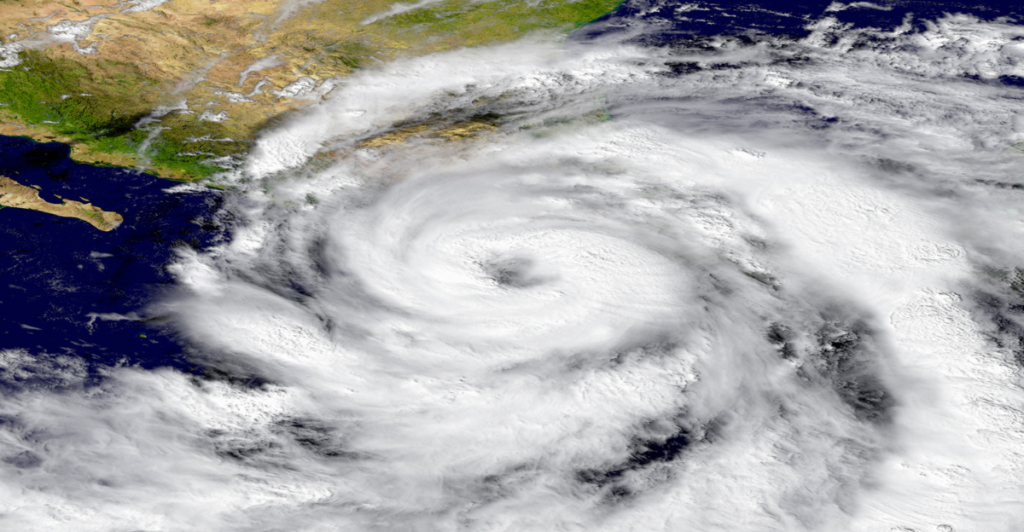
The probability of major hurricanes in 2025 is notably higher than the historical average. Forecasters from Colorado State University estimate a 51% chance of a major hurricane making landfall along the U.S. coastline, compared to the long-term average of 43%.
This elevated risk is driven by unusually warm Atlantic waters and the anticipated absence of El Niño, which typically suppresses hurricane activity. Major hurricanes, defined as Category 3 storms or higher with sustained winds of at least 111 mph, pose significant threats to the Gulf Coast and East Coast, with landfall probabilities of 33% and 26%, respectively.
If even one of these hurricanes hits landfall, it can cause significant destruction in its path, showing just how necessary preparation is.
The Role of Warm Atlantic Waters

Warm Atlantic waters are one of the biggest reasons these storms can become so intense and destructive. Sea surface temperatures above 26.5°C provide the thermal energy for storms to develop and strengthen as warm water vapor rises into the atmosphere, creating low-pressure systems and convective currents.
Recent studies show climate change has led to significantly warmer Atlantic waters, absorbing 90% of excess heat from global warming. These conditions have made hurricanes twice as likely to intensify from weak storms to significant hurricanes within 24 hours, as seen with Hurricane Idalia in 2023.
The Absence of El Niño
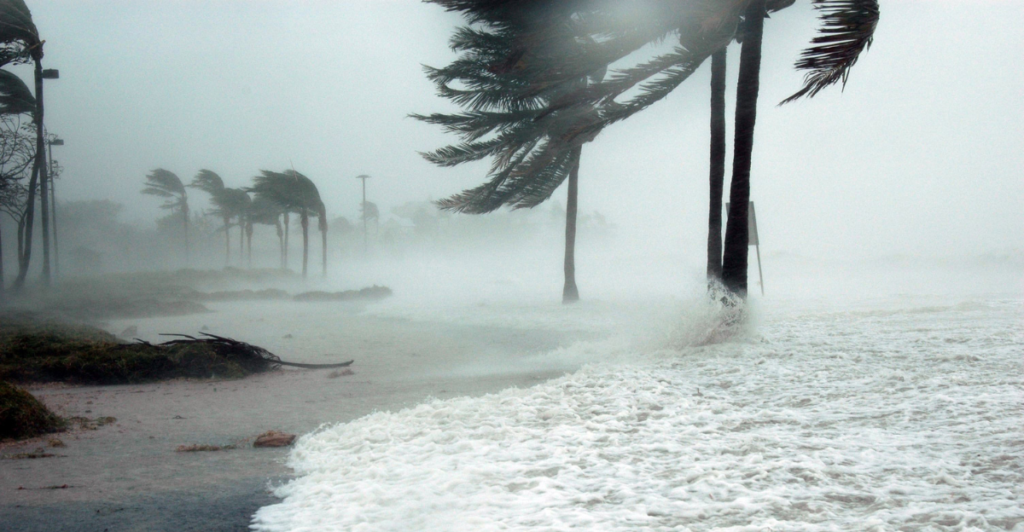
El Niño usually suppresses storm activity through increased wind shear and atmospheric stability over the Atlantic. Without El Niño’s moderating influence, conditions become more favorable for hurricane formation, particularly when combined with warmer-than-average sea surface temperatures in the tropical Atlantic.
Forecasters note that neutral ENSO conditions—neither El Niño nor La Niña—are expected during the peak hurricane months, further removing barriers to storm development. This shift increases the likelihood of reduced wind shear and enhanced thunderstorm activity, which can fuel the rapid intensification of tropical systems.
Preparing for an Active Season
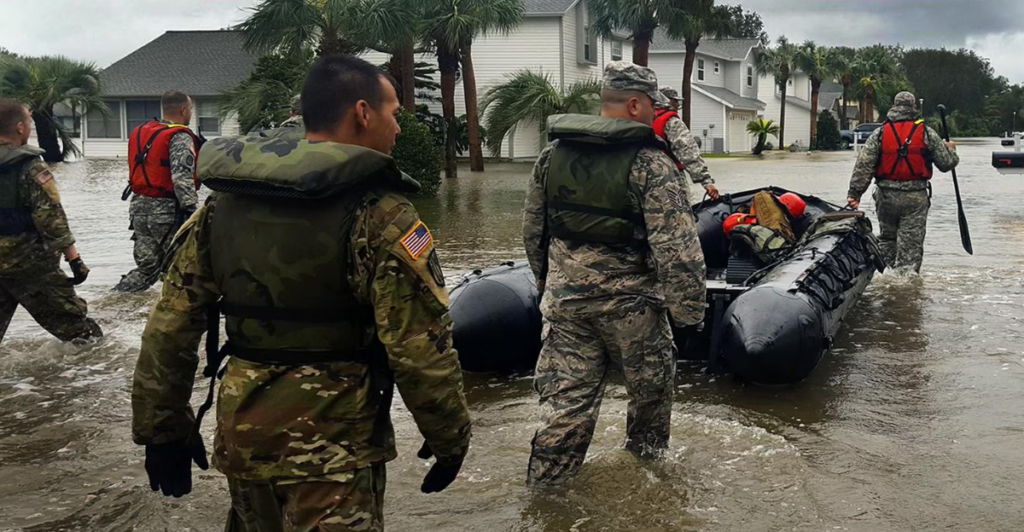
The National Oceanic and Atmospheric Administration (NOAA) predicts up to 25 named storms in the North Atlantic, driven by abnormally warm waters and the emergence of a La Niña weather pattern. With the potential for such an intense season, experts emphasize the importance of early preparation.
To be ready for these storms, measures need to include developing an evacuation plan, creating a communication strategy, strengthening homes against storm impacts, and understanding evacuation zones. It’s vital to have emergency supplies ready, review insurance coverage (especially flood insurance, which has a 30-day waiting period), and stay informed through trusted sources. As National Weather Service director Ken Graham stated, “Preparedness is absolutely everything.”
The Economic Impact of Hurricanes
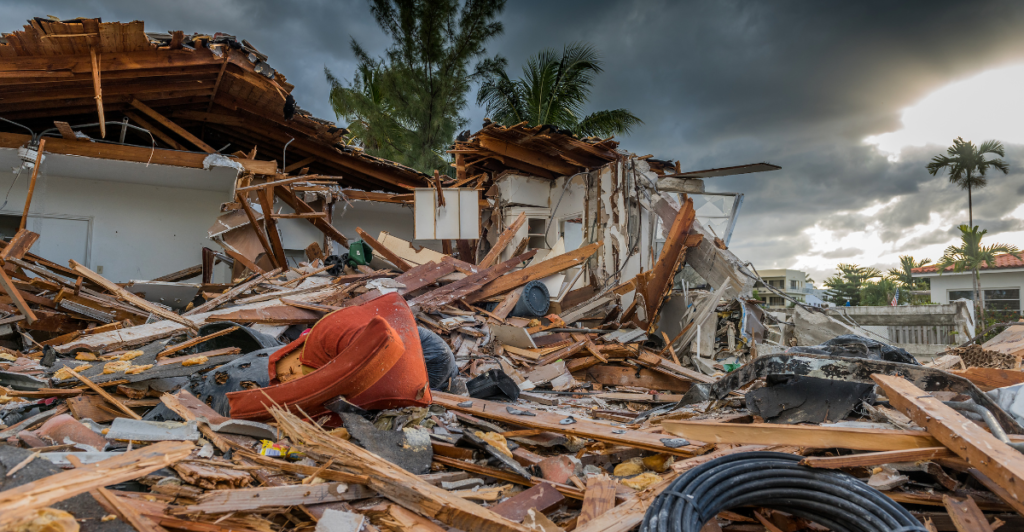
Hurricanes have a profound economic impact, both in terms of immediate destruction and long-term recovery. The average cost of a single hurricane is estimated at $22.8 billion, with major storms like Hurricane Helene and Milton causing damages that exceed $80 billion.
These disasters disrupt industries such as tourism, energy, housing, and transportation, leading to temporary unemployment spikes and reduced economic output.
However, the rebuilding phase often stimulates the economy, supporting thousands of jobs and generating billions in labor income and GDP contributions. Each dollar spent on repairs can yield an additional $1.72 in economic activity, benefiting retail, construction, and banking sectors.
A Warning That Needs To Be Taken Seriously
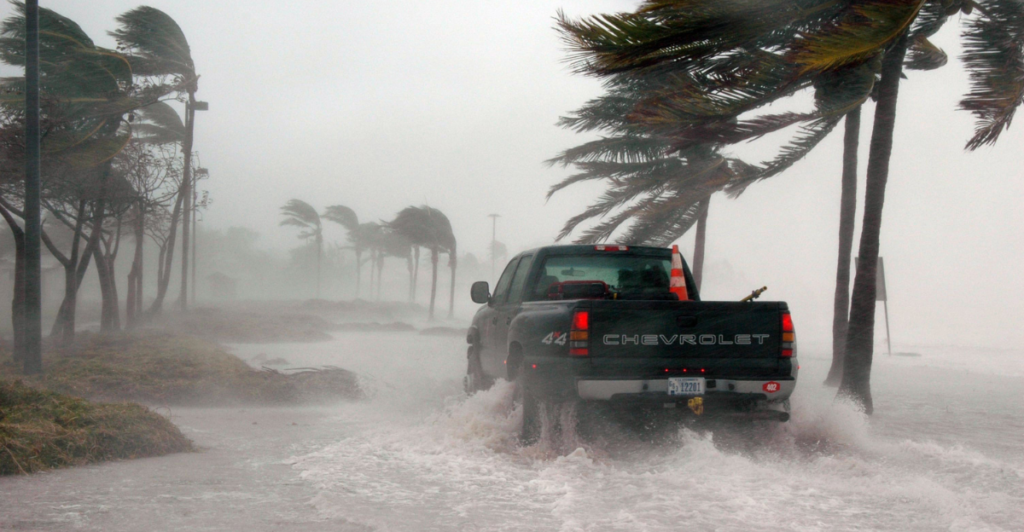
The warnings from meteorologists like Phil Klotzbach should not be taken lightly. With warm Atlantic waters and neutral ENSO conditions setting the stage for an active hurricane season, May could begin another challenging year for coastal communities.
Experts stress that even one major hurricane can cause catastrophic damage to coastal communities, making early preparation essential. The National Hurricane Center has already issued preliminary advisories, emphasizing that tropical storms can form outside the official season.
Explore more of our trending stories and hit Follow to keep them coming to your feed!

Don’t miss out on more stories like this! Hit the Follow button at the top of this article to stay updated with the latest news. Share your thoughts in the comments—we’d love to hear from you!







